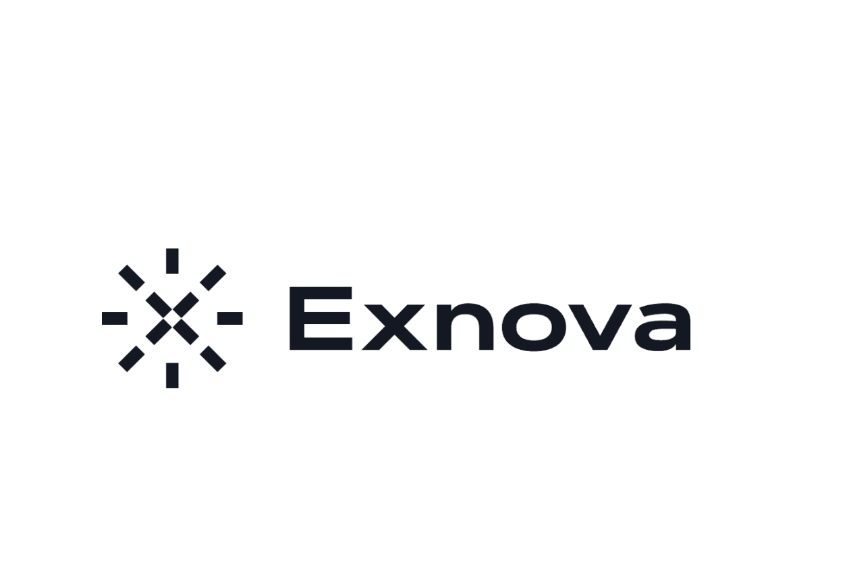
Naturally, when evaluating the performance of traders and investors, we are not simply determining the overall return, we are determining the return on risk.
A gain of 20% per year is a very strong performance. However, with 60% annual volatility due to the use of very speculative instruments or over-leverage, it is actually relatively modest in risk-adjusting. The Sharpe ratio is assumed to be 0.3. This is calculated as:
Sharpe Ratio = (Return of Portfolio – Risk Free Return) / Std Dev of Portfolio
The risk-free rate of return is a user-based input. This is generally equivalent to a safe, risk-free bond. It could be the rate of return on the US Treasury, British guilds, German foreign debt or other safe commodities. Duration varies by time zone.
Long-term bonds are an option for long-term investors or position traders who hold positions for long periods of time. Short-term investors or day traders who can hold positions within one day can use a shorter bond term or an amount that is roughly equal to the overnight rate set by the central bank. This can usually be seen by looking at one- or three-month government bonds or the central bank’s overnight policy rate itself.
For the 20% earnings/60% volatility portfolio mentioned above, using 10-year U.S. Treasuries (assuming a yield of 3%), the Sharpe ratio would be 0.283. Using a 3-month U.S. Treasury (assuming a yield of 2%), the Sharpe ratio would be 0.300.
A high risk-free rate used means a low “excess return”. In other words, a 17% return on the risk-free rate isn’t as good as an 18% excess return. So the higher the risk-free ratio, the lower the Sharpe ratio, keeping all other ratios the same.
Ex-Ante to Ex-Post Sharpe ratio
Sharpe ratios can be considered before (expected) or post (inverted to evaluate previous performance).
The ratios considered above are post-actions since the performance has already occurred. The old Sharpe ratio takes expectations into account. Instead of portfolio return and volatility, the calculation is the expected value denoted by an “E” preceding the term.
Sharp Ratio = E (Return of Portfolio – Risk Free Rate) / E (Std Dev of Portfolio)
Therefore, S & If the P500 is expected to achieve a nominal annual return of 7% at 15% annual volatility (based on future U.S. Treasury returns), a risk-free return of 3% would result in a Sharpe ratio of 0.27.
Postmortem rates can vary greatly, especially over short periods of time. For example, in 2017, the S & The Sharpe ratio of the P 500 is 4.78. As of 2018, it is 0.23.
Apply
Sharpe ratios are often used to determine the relative performance of portfolios, traders, and fund managers over time. Sharpe ratios for individual asset classes are typically around 0.2 to 0.3 over the long run.
A value between 0 and 1 indicates that the derived return is better than the risk-free ratio, but the excess risk exceeds the excess return. A value greater than 1 indicates that not only is the return higher than the risk-free rate, but that the excess return is higher than the excess risk.
A negative Sharpe ratio means that the manager’s or portfolio’s performance is below the risk-free ratio. For financial assets, negative Sharpe ratios do not persist indefinitely. If this were true, the capitalist economy would cease to function.
Negative Sharpe ratios can persist for a long period of time for a particular asset class, manager, or portfolio due to the timing or unique risks associated with trading that particular asset.
However, a negative Sharpe ratio is not as bad as expected because a volatile positive excess return actually makes the Sharpe ratio less than a negative , so performance doesn’t get as bad as expected (because the denominator gets bigger). It’s a problem with evaluation. Similarly, a portfolio with a small negative excess return may be penalized if the volatility associated with it is large, giving a smaller denominator to amplify the negative.
Therefore, negative Sharpe ratios can be very difficult to evaluate.
Pros and cons of the sharpe ratio
As with any other statistical measurement, you just have to make assumptions. In financial risk assessment studies, volatility is assumed to equal risk or best proxy. However, not all volatility is detrimental and some are absolutely necessary to earn returns.
Trading and investing is fundamentally about maximizing return per unit of risk. This is the central intent of the Sharpe ratio, but in a simple way.
A trading or investing strategy that can properly balance risk or accurately identify strong pay-reward opportunities will exhibit high volatility. However, given that all volatility is equally penalized by the Sharpe ratio, the metric may not be the best for accurately identifying the risk associated with a portfolio.
Other risk-adjusted metrics, such as the Sortino ratio, may be better suited for this type of portfolio and generally reflect risk more accurately.
However, the Sharpe ratio is easy to apply and can be applied to a set of returns without any additional information about the source of volatility or profitability.
The volatility of returns is also assumed to be normally distributed. In general, financial variables tend to be fatter than variables related to a normal distribution and usually exhibit higher skewness and/or kurtosis.
Since the Sharpe ratio is usually used in an after-the-post sense to evaluate past performance, it can be flawed because past performance is not necessarily predictive of what will happen in the future or on a shorter time horizon.
Also, the Sharpe ratio is not expressed as a percentage or revenue, but as a simple number, so it only has value when compared to other performances evaluated through the Sharpe ratio.
Generally, a Sharpe ratio above 0.5 is out-market performance if achievable in the long run. A ratio of 1 is great over long periods of time and hard to achieve. A ratio of 0.2-0.3 is consistent with a broader market. As mentioned above, negative Sharpe ratios are difficult to evaluate.







